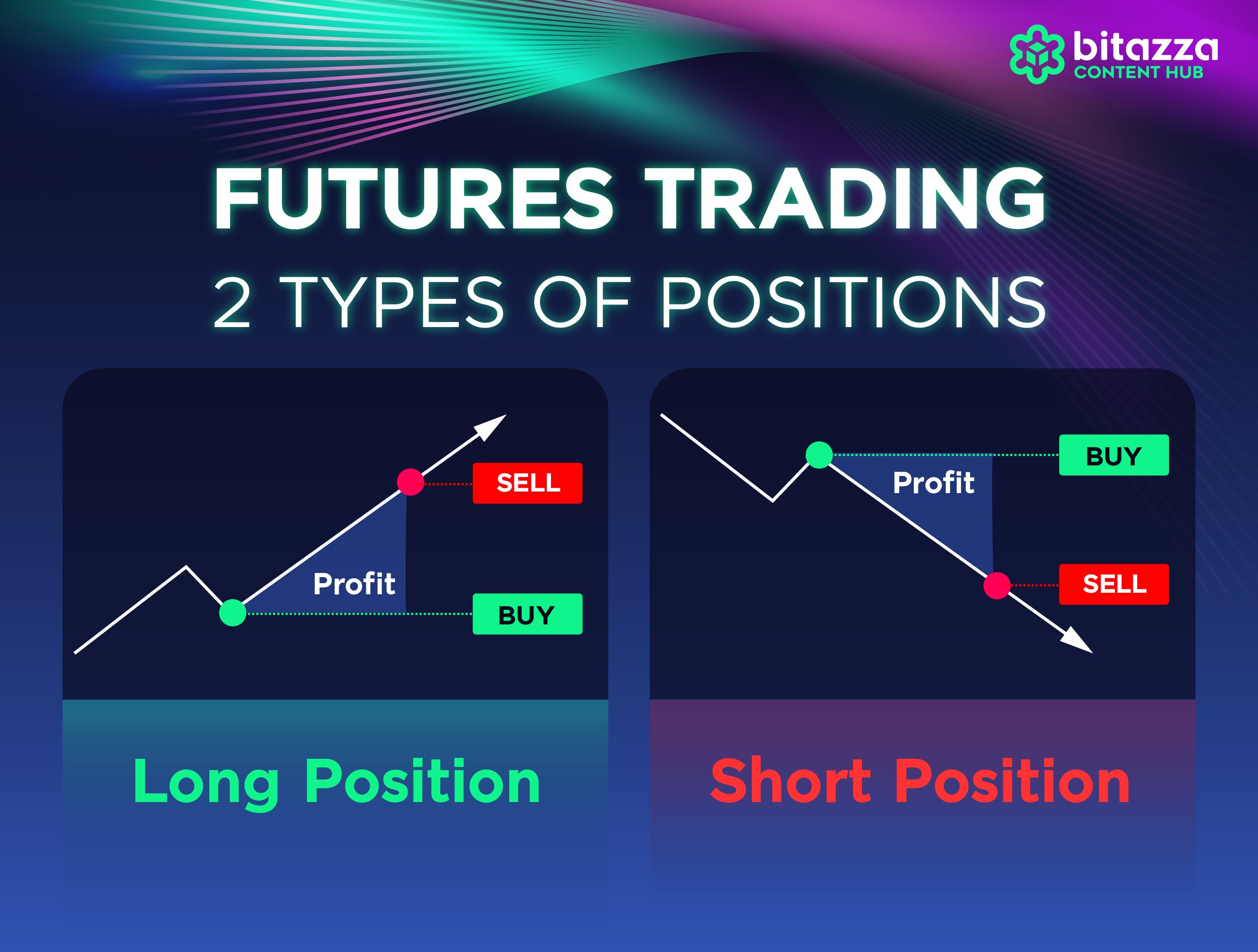Imagine a world where you could predict the future prices of commodities, currencies, or stocks. It may sound like a superpower, but in the realm of finance, it’s a reality with the help of futures and options. These financial instruments are invaluable tools that allow traders to mitigate risk, speculate on market movements, and potentially reap significant returns.

Image: filmspksmo.blogspot.com
Deciphering Futures: A Glimpse into the Crystal Ball of Commodities
Futures contracts are agreements to buy or sell a specific underlying asset, such as oil, wheat, or gold, at a predetermined price and date in the future. They are standardized contracts traded on exchanges, ensuring transparency and liquidity in the market.
The beauty of futures lies in their ability to lock in prices. For instance, a farmer can sell a futures contract to ensure they receive a fixed price for their upcoming harvest, protecting themselves against potential price fluctuations. Conversely, a food processor can purchase futures to secure a stable supply of raw materials at a set price, mitigating the risk of soaring prices.
Furthermore, futures allow for speculation. If a trader believes the price of oil will rise in the future, they can buy futures contracts. If their prediction holds true, they will profit from the price difference when the contract matures.
Options: Empowering Traders with Choice and Flexibility
Options contracts, unlike futures, provide traders with the choice to buy or sell an underlying asset at a specified price on or before a certain date. This flexibility comes with the added benefit of limiting potential losses.
Call options give the holder the right to buy an underlying asset at a fixed price, while put options confer the right to sell. For example, if an investor believes a stock will rise in value, they can purchase a call option. If the stock performs as expected, they can exercise their option to buy the stock at a predetermined price, potentially profiting from the price appreciation.
Traders can also use options to hedge against risk. By purchasing put options, traders can protect themselves against potential downturns in the market. Should the price of an underlying asset decline, the put option grants the holder the ability to sell the asset at a fixed price, mitigating their losses.
Leveraging Futures and Options: A Path to Informed Trading
Understanding the mechanics of futures and options is the key to unlocking their potential for informed trading. They allow traders to:
- Lock in prices and manage risk.
- Speculate on market movements and potentially generate profits.
- Hedge against potential losses and protect investments.
However, it’s crucial to approach these instruments with caution. Futures and options trading involve risks and require a thorough understanding of market dynamics. Consult with a financial advisor or seek educational resources before diving into the world of derivatives.

Image: content.bitazza.com
What Is The Meaning Of Futures And Options In Trading

Image: www.pinterest.com
Navigating the Financial Universe: Seek Professional Guidance
Embarking on the journey of futures and options trading can be daunting. To ensure a well-informed and successful experience, consider seeking guidance from a qualified financial advisor. Their expertise can help you navigate the intricacies of these instruments, assess your risk tolerance, and develop tailored trading strategies that align with your financial goals.
Explore our vast collection of educational resources and connect with a community of investors. Together, let’s unravel the enigmatic world of futures and options and unlock your trading potential. Remember, informed trading empowers you to make sound financial decisions and pursue financial prosperity.






